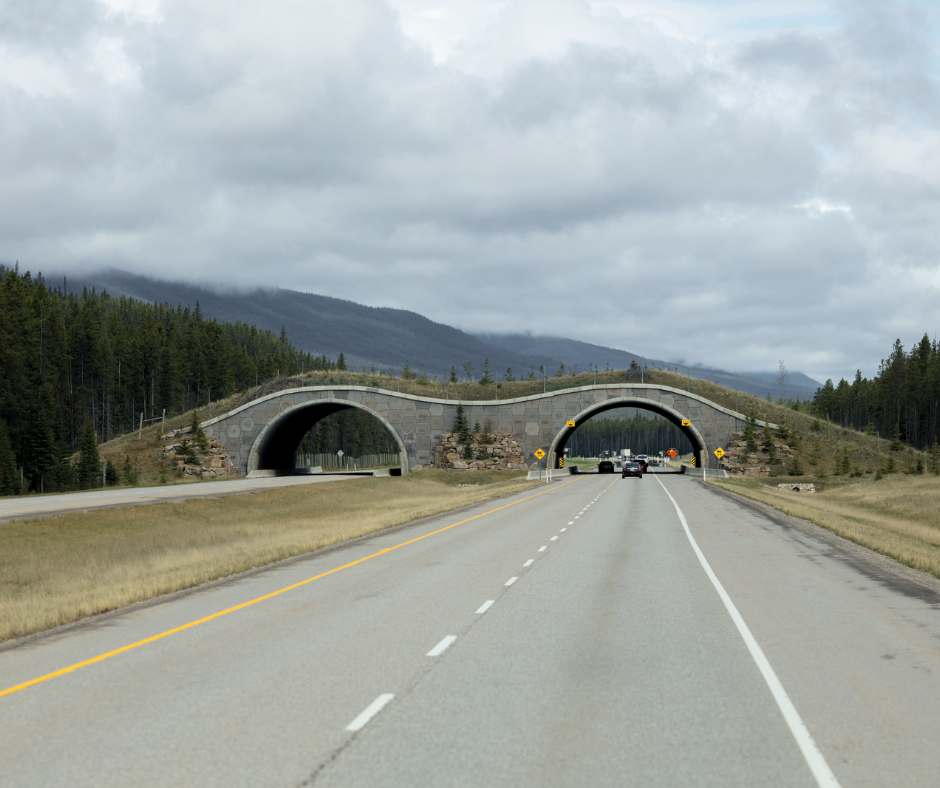

Kenya, Bhutan, Peru: 25 Wildlife Corridors Around the World
Summary
Reflection Questions
Journal Prompt
Our natural world is increasingly shaped—and often damaged—by human activities. Wildlife corridors allow animals to move freely between different habitats—ensuring their survival and genetic diversity despite the many man-made structures that surround them. As urban development, agriculture, and road construction fragment natural landscapes, wildlife corridors play an important role in maintaining ecological processes and biodiversity. This article explores 25 wildlife corridors from around the globe, highlighting how these pathways—from the vast stretches of the Yellowstone to Yukon Corridor to the unique habitats of the Sundarbans Mangrove Corridor—support the movement, survival, and resilience of countless species. By understanding and supporting these ecological networks, we can help safeguard the natural world for future generations. Read on to learn more!
What Exactly is a Wildlife Corridor?


A wildlife corridor is a designated route or series of connected natural areas that allow wildlife to move freely between different habitats, ensuring their survival and genetic diversity. These corridors are part of a planning concept called “connectivity conservation.” They are critical in mitigating the effects of habitat fragmentation caused by human activities such as urban development, agriculture, and road construction. By linking isolated habitats, wildlife corridors enable species to migrate, find food, mate, and access different resources necessary for their life cycles. They also help maintain ecological processes and biodiversity, reducing the risk of population declines and extinctions.
Wildlife corridors come in various forms, including overpasses and wildlife underpasses for crossing highways, riverine forests along waterways, and continuous stretches of protected lands that connect larger ecosystems. Many state and local governments have implemented such corridors in recent years. They are designed based on the specific needs of the species they aim to protect, considering factors like natural movement patterns, breeding grounds, and seasonal habitats.
Effective wildlife crossings often involve collaboration between governments, conservation organizations, and local communities to ensure they are maintained and protected from encroachment. Put simply, these habitat corridors are vital for the resilience and health of ecosystems, providing safe passages for wildlife populations to thrive in an increasingly fragmented world.
Early Ideas and Development


Attribution: By Djembayz – Own work, CC BY-SA 3.0, https://commons.wikimedia.org/w/index.php?curid=27435884
Often considered one of the fathers of wildlife ecology, Aldo Leopold’s work in the early 20th century laid the groundwork for modern conservation principles, including the importance of habitat connectivity. The theory of island biogeography, developed by Robert MacArthur and E.O. Wilson in the 1960s, also significantly influenced the concept of wildlife corridors. This theory emphasized the importance of size and distance of habitat patches in maintaining species diversity, which translated into the idea that connecting these patches could help support larger, more resilient populations.
Advancement and Implementation
From the 1970s through the 1980s, the idea of wildlife corridors began to gain more formal recognition. Research highlighted the detrimental effects of habitat fragmentation on species survival and the potential benefits of creating linkages between isolated habitats. The rise of landscape ecology as a discipline in the 1980s provided a scientific basis for designing and implementing wildlife corridors. Landscape ecologists study the spatial patterns and ecological processes across large areas, which is essential for understanding how to maintain connectivity in fragmented landscapes.
Practical Applications
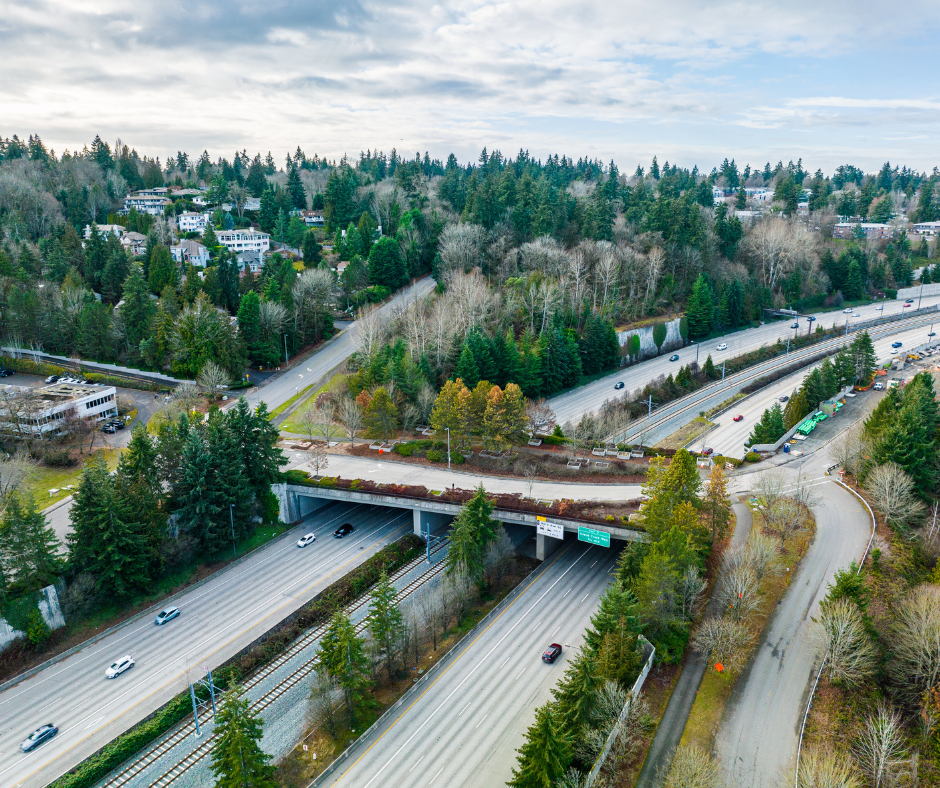

Organizations such as The Nature Conservancy, World Wildlife Fund, and various governmental agencies began incorporating the concept of wildlife corridors into their conservation strategies. They implemented national wildlife refuges that created or restored corridors to facilitate wildlife movement and enhance biodiversity. Today, the concept of wildlife corridors is widely accepted and implemented globally. Numerous projects and studies continue to refine and improve wildlife crossing design, ensuring they effectively support populations.
To wrap it up, the concept of wildlife refuges and corridors emerged from a combination of early ecological theories, influential scientific research, and practical conservation efforts. It has evolved through the contributions of many scientists and conservationists over the past several decades.
25 Wildlife Corridors Around the World
From protecting monarch butterflies to providing safe passage for grizzly bears and wolves, the following wildlife corridors are vital to protecting animals and their surrounding habitat. Read on to learn about each initiative below.
Yellowstone to Yukon Conservation Initiative
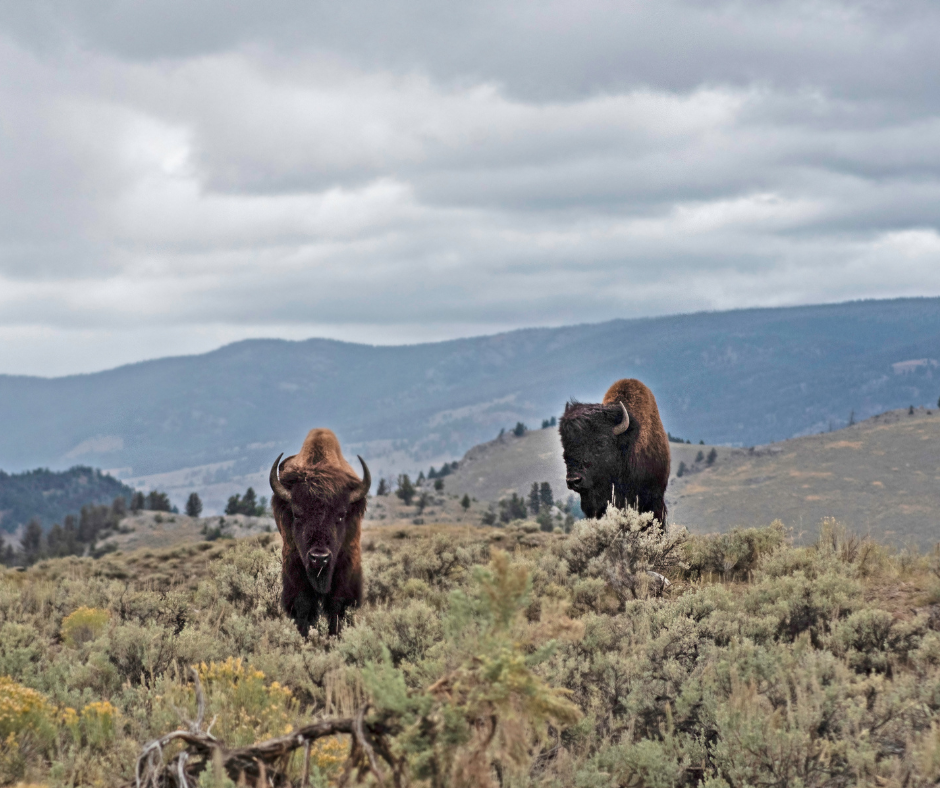

The Yellowstone to Yukon (Y2Y) Corridor is an ambitious conservation initiative spanning over 2,000 miles from Yellowstone National Park in the United States to the Yukon in Canada. This corridor aims to connect a network of protected areas across the Rocky Mountains, facilitating the movement and genetic exchange of species such as grizzly bears, wolves, elk, and wolverines. By preserving and linking critical habitats, the Y2Y project helps mitigate the effects of habitat fragmentation, promotes biodiversity, and supports the ecological integrity of one of North America’s most significant wildlife regions.
Mesoamerican Biological Corridor


The Mesoamerican Biological Corridor is a crucial conservation project stretching from southern Mexico through Central America to Panama. It connects numerous protected areas, allowing species such as jaguars, tapirs, and various bird species to move freely across landscapes. The corridor integrates ecological preservation with sustainable development, involving local communities in conservation efforts. By maintaining ecological connectivity, the Mesoamerican Biological Corridor helps protect the region’s rich biodiversity and supports the resilience of its ecosystems against climate change and human encroachment.
Eastern Himalayas Corridor
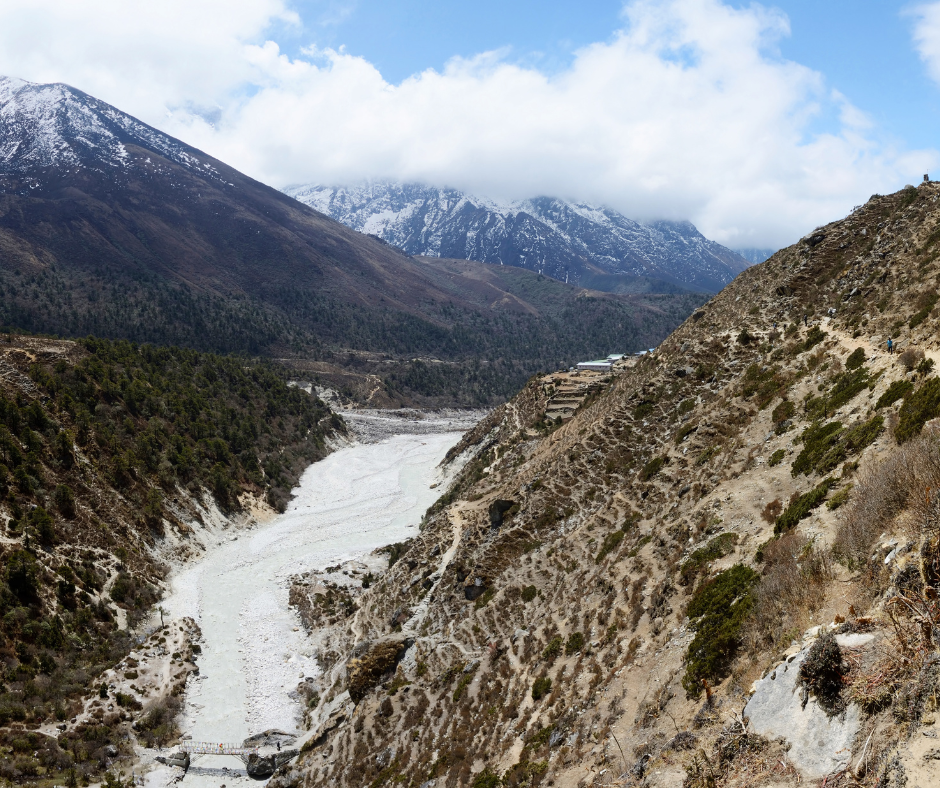

The Eastern Himalayas Corridor is a vital conservation effort spanning parts of India, Bhutan, and Nepal. This corridor connects several protected areas and national parks, providing safe passage for iconic species such as tigers, elephants, red pandas, and snow leopards. The rugged and diverse terrain of the Eastern Himalayas hosts a unique array of flora and fauna, and the corridor aims to preserve these critical habitats from fragmentation. Conservation initiatives in this region focus on habitat restoration, anti-poaching measures, and community-based conservation strategies to ensure long-term ecological sustainability.
European Green Belt


Attribution: Andreas Lippold, CC BY-SA 4.0 <https://creativecommons.org/licenses/by-sa/4.0>, via Wikimedia Commons
The European Green Belt follows the route of the former Iron Curtain, extending from the Barents Sea in the north to the Adriatic Sea in the south. This corridor connects a mosaic of natural landscapes across 24 countries, serving as a transcontinental ecological network. It supports a diverse array of wildlife, including bears, wolves, and lynx, as well as numerous plant species. The European Green Belt not only preserves biodiversity but also promotes peace and cooperation across borders by fostering collaborative conservation efforts. It represents a living monument to Europe’s natural and cultural heritage.
Burnham Wildlife Corridor, Chicago
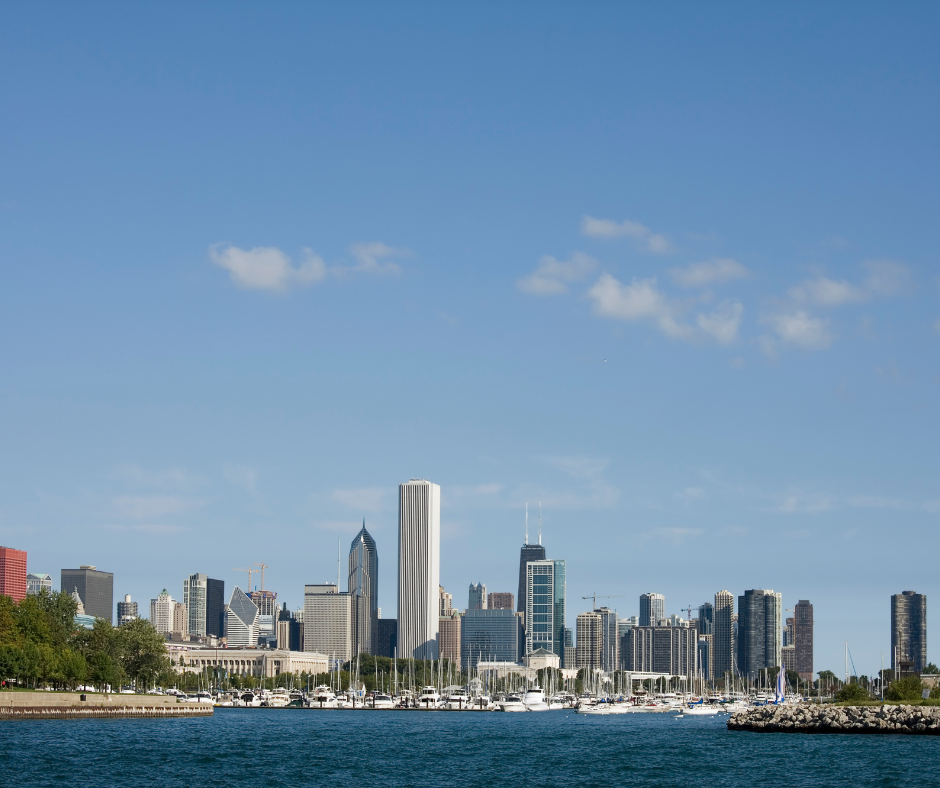

The Burnham Wildlife Corridor is an urban conservation project located in Chicago, Illinois. Stretching along Lake Michigan, this corridor is part of the larger Burnham Park and provides a critical habitat for migratory birds and local wildlife within an urban setting. The corridor features native plantings, restored prairies, and woodlands, creating a green space that supports biodiversity and offers recreational opportunities for residents and visitors. The Burnham Wildlife Corridor demonstrates how urban areas can integrate natural habitats, promoting environmental stewardship and enhancing the quality of life in cities.
Banff Wildlife Bridges
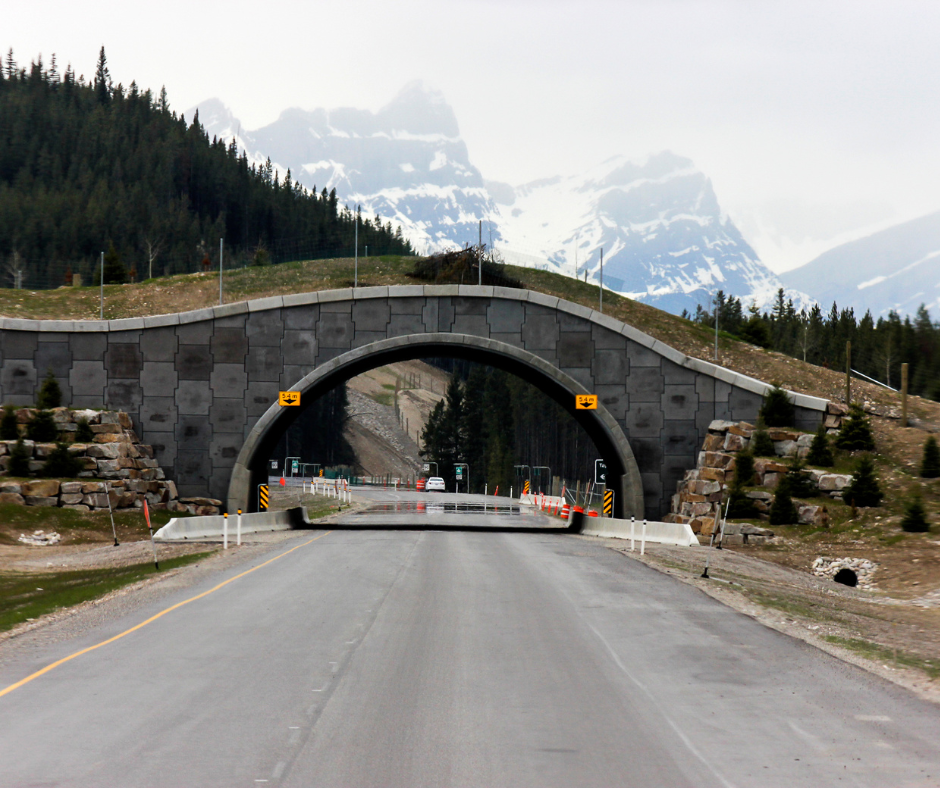

The Banff Wildlife Bridges are a pioneering example of wildlife corridor implementation located in Banff National Park, Canada. These structures, including overpasses and underpasses, allow animals like elk, moose, bears, and cougars to safely cross the Trans-Canada Highway. Since their construction, the bridges have significantly reduced wildlife-vehicle collisions and facilitated the safe movement of species across the landscape. The success of Banff’s wildlife bridges has inspired similar projects worldwide, highlighting the importance of integrating wildlife corridors into transportation infrastructure to promote ecological connectivity and road safety.
Western Ghats Corridor
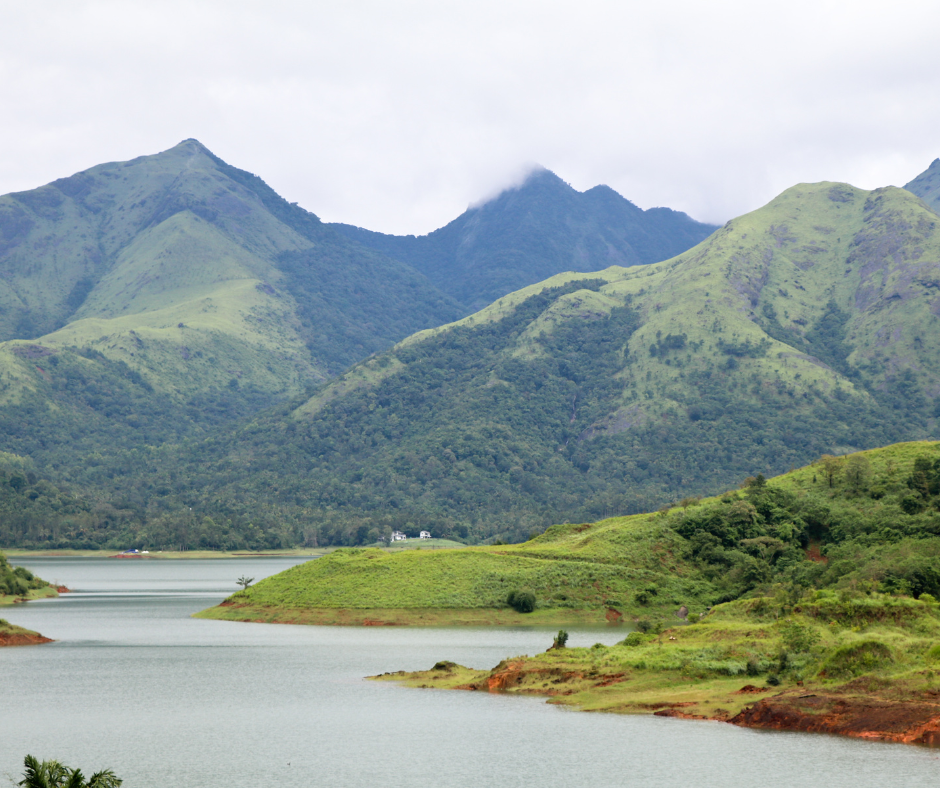

The Western Ghats Corridor is an essential conservation initiative in India, aiming to connect fragmented forests in the Western Ghats mountain range. This region is a UNESCO World Heritage Site known for its high biodiversity and endemism. The corridor supports the movement of species such as tigers, elephants, and the endangered lion-tailed macaque. Conservation efforts focus on habitat restoration, creating protected areas, and involving local communities in sustainable practices. The Western Ghats Corridor plays a critical role in preserving the unique biodiversity of one of the world’s most important ecological hotspots.
Ewaso Ng’iro Elephant Corridor
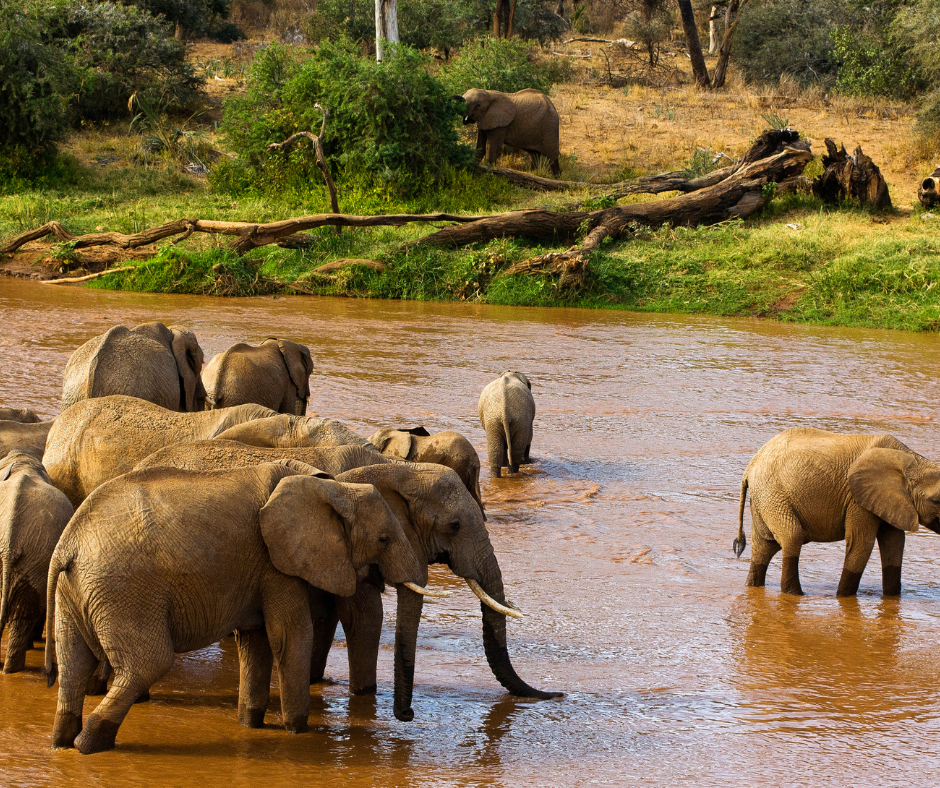

The Ewaso Ng’iro Elephant Corridor in Kenya links the Laikipia Plateau with the Samburu National Reserve, facilitating the movement of elephants and other wildlife in search of food, water, and mates. This corridor is crucial for reducing human-wildlife conflict, as it helps prevent elephants from encroaching on agricultural lands. Conservation efforts include securing land, building wildlife-friendly infrastructure, and engaging local communities in wildlife management. The Ewaso Ng’iro Elephant Corridor is vital for maintaining the health of elephant populations and ensuring the ecological integrity of the region.
Appalachian Trail


The Appalachian Trail, extending over 2,180 miles from Georgia to Maine, serves as a de facto wildlife corridor, allowing various species to move through diverse habitats along the eastern United States. While primarily known as a long-distance hiking path, the trail and its surrounding protected areas provide crucial habitat connectivity for wildlife such as black bears, white-tailed deer, and numerous bird species. By preserving continuous stretches of forested land, the Appalachian Trail helps maintain biodiversity, supports ecological processes, and offers a refuge for species in an increasingly fragmented landscape.
Great Eastern Ranges Corridor
The Great Eastern Ranges Corridor is a significant conservation initiative in Australia, spanning over 3,600 kilometers from Victoria to Queensland. This corridor aims to connect fragmented habitats across the Great Dividing Range, supporting the movement and survival of species like koalas, gliders, and various bird species.
Fuel your creative fire & be a part of a supportive community that values how you love to live.
subscribe to our newsletter
*please check your Spam folder for the latest DesignDash Magazine issue immediately after subscription



By linking national parks, reserves, and private lands, the corridor enhances biodiversity, aids in climate change adaptation, and maintains essential ecological processes. Community involvement and sustainable land management practices are key components of this effort, ensuring the corridor’s long-term ecological health.
African Elephant Transboundary Corridor
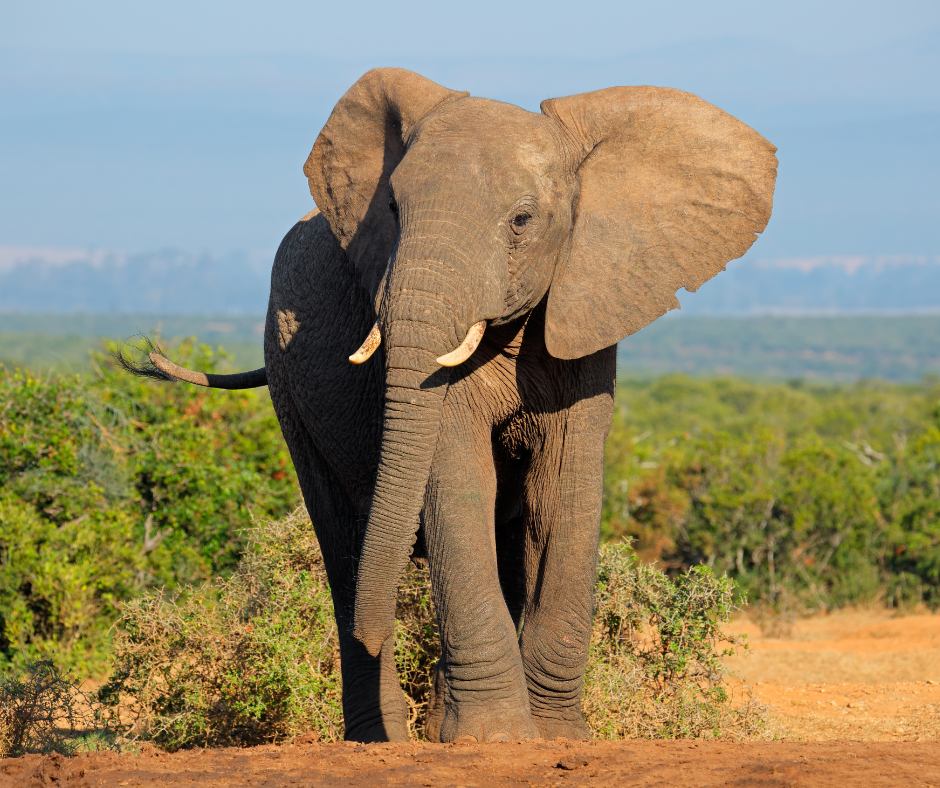

The African Elephant Transboundary Corridor connects key habitats across Botswana, Namibia, Zambia, and Zimbabwe, facilitating the movement of elephants and other wildlife across national borders. This corridor is critical for maintaining genetic diversity and ensuring access to resources like water and forage, especially in arid regions.
By enabling free movement, the corridor helps mitigate human-wildlife conflict and supports the survival of elephant populations. Conservation efforts include securing land, creating wildlife-friendly infrastructure, and fostering international cooperation to preserve this vital ecological network.
Terai Arc Landscape
The Terai Arc Landscape is a crucial conservation region spanning northern India and southern Nepal. It connects 11 protected areas, providing a continuous habitat for species such as tigers, elephants, and rhinoceroses. The corridor encompasses a variety of ecosystems, including grasslands, forests, and wetlands, which are essential for the survival of many endangered species.
Conservation initiatives focus on habitat restoration, anti-poaching measures, and community engagement to ensure sustainable coexistence between wildlife and human populations. The Terai Arc Landscape plays a pivotal role in preserving the rich biodiversity of the Himalayan foothills.
Panthera’s Jaguar Corridor
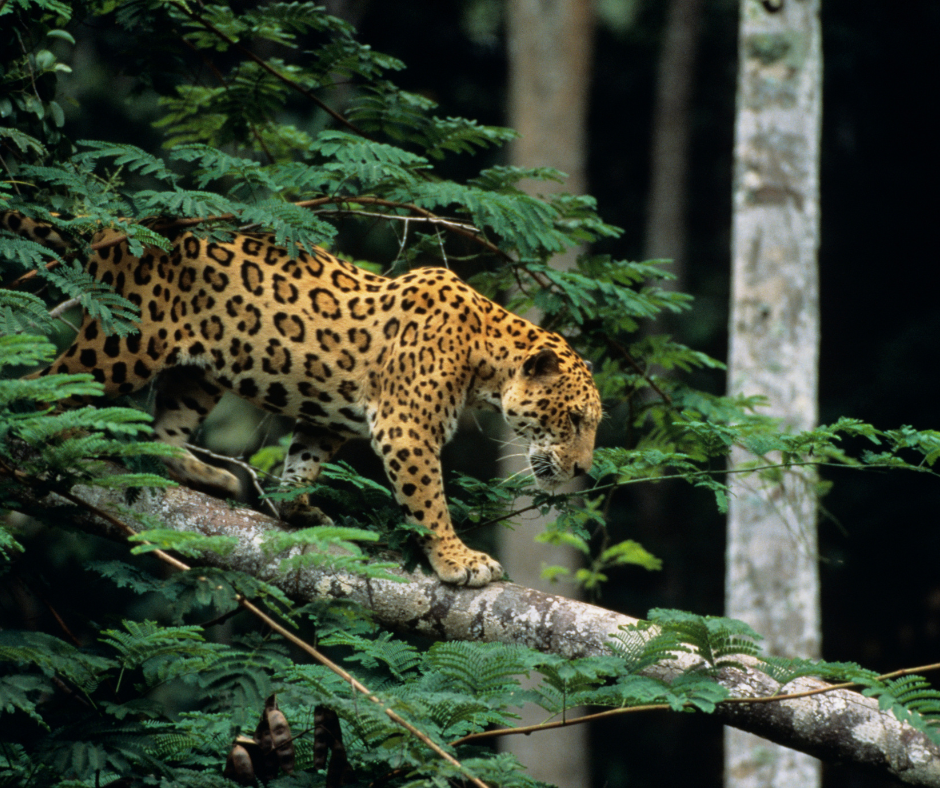

Panthera’s Jaguar Corridor is an extensive network of connected habitats stretching from Mexico to Argentina, designed to protect the jaguar and its range. This corridor ensures that jaguars can move freely across landscapes, access diverse habitats, and maintain genetic diversity. The initiative involves habitat restoration, anti-poaching efforts, and collaboration with local communities to reduce human-wildlife conflict. By preserving key habitats and creating linkages, Panthera’s Jaguar Corridor supports the long-term survival of this iconic species and promotes biodiversity conservation throughout Latin America.
Alberta’s Grizzly Bear Corridor
Alberta’s Grizzly Bear Corridor focuses on preserving and connecting habitats for grizzly bears within the province of Alberta, Canada. This corridor aims to mitigate the effects of habitat fragmentation caused by human activities such as logging, mining, and urban development.
Conservation efforts include creating protected areas, implementing wildlife crossings, and promoting sustainable land use practices. By ensuring connectivity between critical habitats, the corridor helps maintain healthy grizzly bear populations and supports broader ecosystem health.
African Wild Dog Corridor
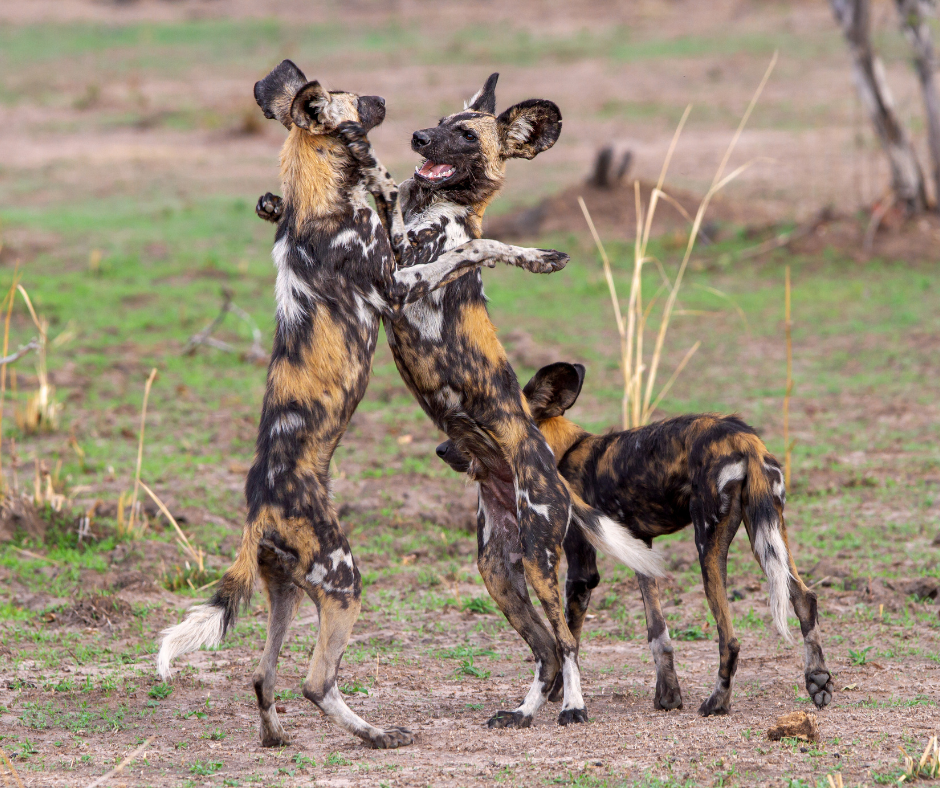

The African Wild Dog Corridor connects protected areas in southern Africa, facilitating the movement and survival of the endangered African wild dog. This corridor spans across countries like Botswana, Zimbabwe, and South Africa, providing crucial linkages between isolated populations.
Conservation initiatives focus on natural habitat preservation, reducing human-wildlife conflict, and fostering transboundary cooperation. By maintaining connectivity, the corridor supports genetic diversity, enhances population resilience, and contributes to the overall conservation of one of Africa’s most threatened carnivores.
Borneo Elephant Corridor
The Borneo Elephant Corridor is an essential conservation project in Malaysia and Indonesia, aimed at preserving the habitats of the endangered Bornean elephants. This corridor connects fragmented forest patches, enabling elephants to move safely between feeding grounds, water sources, and breeding areas.
Efforts include securing land, restoring degraded habitats, and engaging local communities in conservation activities. By facilitating movement and reducing human-elephant conflicts, the Borneo Elephant Corridor helps ensure the survival of these majestic animals and supports the broader biodiversity of Borneo’s rainforests.
Mekong River Corridor
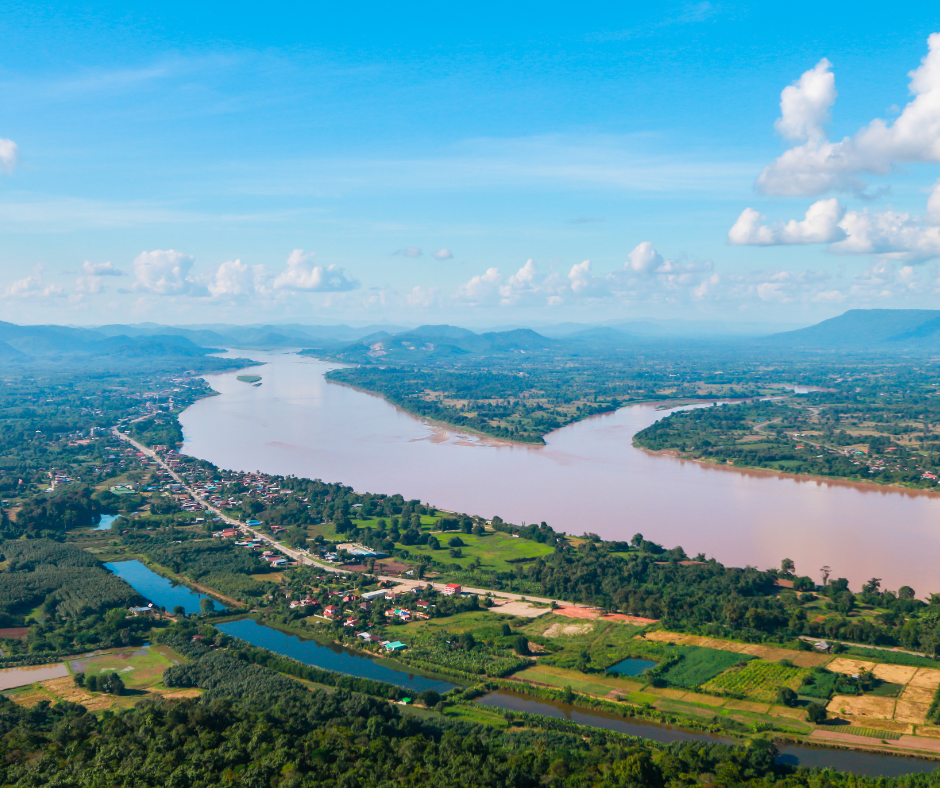

The Mekong River Corridor is a vital ecological network spanning several countries in Southeast Asia, including Cambodia, Laos, Thailand, and Vietnam. This corridor supports both aquatic and terrestrial species, providing essential habitats for numerous fish species, the Irrawaddy dolphin, and various bird and mammal species.
The Mekong River is one of the most biodiverse river systems in the world, and its corridor helps maintain ecological connectivity and the health of its ecosystems. Conservation efforts focus on mitigating the impacts of dam construction, pollution, and overfishing to preserve this critical lifeline for biodiversity and local communities.
Great Western Woodlands Corridor
The Great Western Woodlands Corridor in Western Australia is a significant conservation initiative aimed at preserving one of the world’s largest intact temperate woodlands. Covering an area larger than England, this corridor supports a diverse array of flora and fauna, including unique species like the mallee fowl and the western quoll.
The corridor focuses on maintaining connectivity between different habitat patches, promoting ecological processes, and enhancing resilience to climate change. Conservation efforts include habitat restoration, fire management, and community engagement to ensure the long-term protection of this vast and ecologically rich landscape.
Central Asian Flyway
The Central Asian Flyway is a crucial migratory route for millions of birds traveling from the Arctic to the Indian Ocean. Spanning multiple countries, including Russia, Kazakhstan, India, and Pakistan, this flyway supports a diverse range of bird species, such as the Siberian crane, bar-headed goose, and various shorebirds.
The corridor encompasses important stopover sites, breeding grounds, and wintering areas, providing essential resources for migrating birds. Conservation efforts focus on protecting these critical habitats, mitigating threats like habitat loss and pollution, and fostering international cooperation to ensure the survival of migratory bird populations.
Scandinavian Brown Bear Corridor


The Scandinavian Brown Bear Corridor connects habitats in Sweden and Norway, providing essential linkages for brown bear populations. This corridor helps maintain genetic diversity and supports the movement of bears between different protected areas, reducing the risks associated with isolated populations.
Conservation efforts focus on habitat protection, reducing human-bear conflicts, and monitoring bear populations to ensure their long-term viability. The Scandinavian Brown Bear Corridor is vital for preserving the ecological balance in the region and supporting the conservation of this iconic species.
Sundarbans Mangrove Corridor
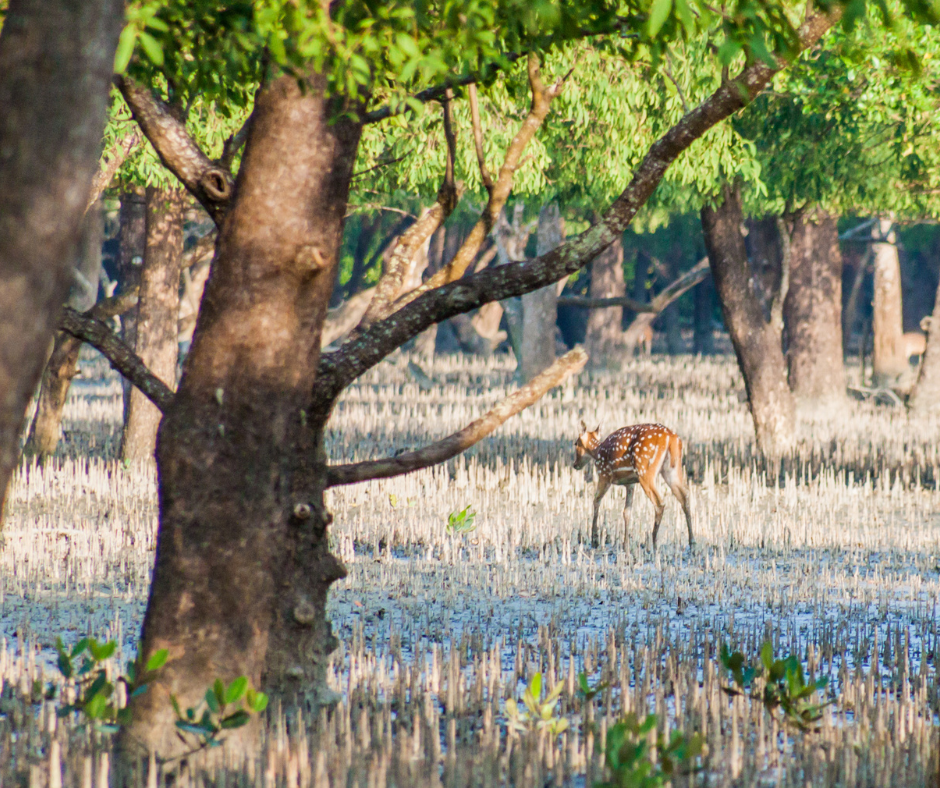

The Sundarbans Mangrove Corridor, located in India and Bangladesh, is a critical habitat for the endangered Bengal tiger and numerous other species. The Sundarbans is the world’s largest mangrove forest, providing shelter, food, and breeding grounds for diverse wildlife. The corridor helps maintain connectivity between different parts of the mangrove ecosystem, supporting ecological processes and the health of the overall habitat.
Conservation efforts include protecting mangrove forests from deforestation, addressing human-wildlife conflicts, and promoting sustainable livelihoods for local communities. The Sundarbans Mangrove Corridor is essential for the survival of the Bengal tiger and the preservation of this unique ecosystem.
South Coast Natural Resource Management Corridor
The South Coast Natural Resource Management Corridor in Western Australia aims to support biodiversity and ecological connectivity across the region. This corridor links various protected areas, including coastal and inland habitats, providing a network for species like the western ground parrot and the chuditch (western quoll).
Conservation initiatives focus on habitat restoration, sustainable land use practices, and community involvement to enhance the resilience of ecosystems. The South Coast Natural Resource Management Corridor plays a crucial role in preserving the unique biodiversity of Western Australia’s south coast.
Highlands-to-Islands Corridor
The Highlands-to-Islands Corridor, located in Georgia, USA, connects the Appalachian Mountains to the Atlantic Coastal Plain. This corridor provides essential linkages for species such as black bears, bobcats, and numerous amphibians, facilitating their movement and genetic exchange. By maintaining connectivity between highland and lowland ecosystems, the Highlands-to-Islands Corridor supports biodiversity and ecological resilience in the southeastern United States.
Eastern Wildway
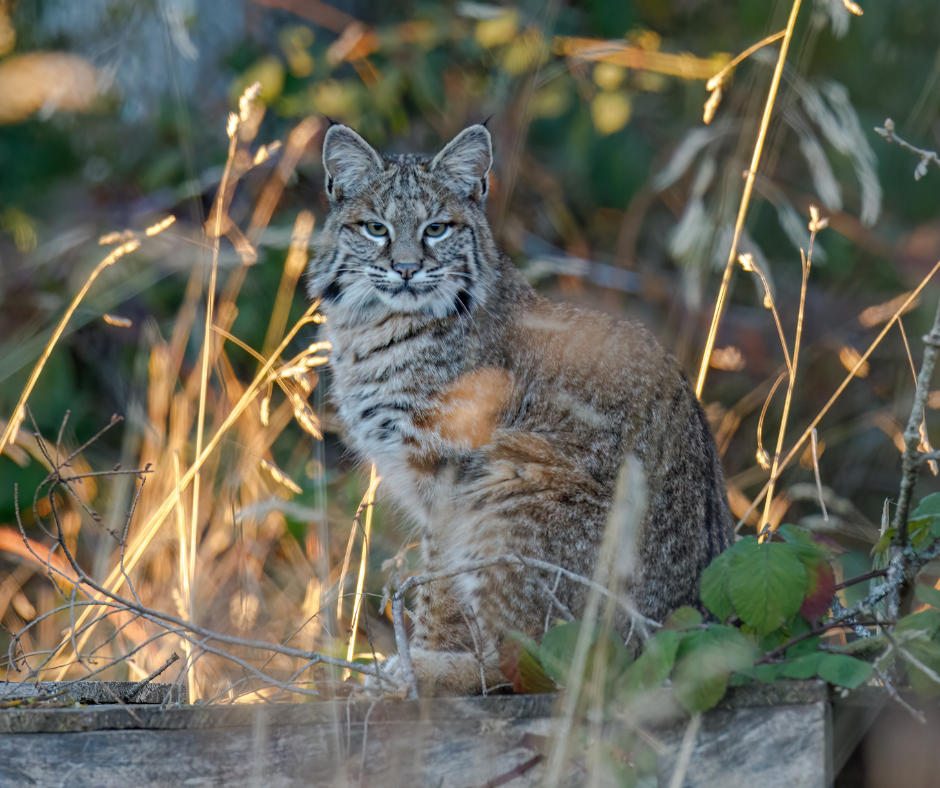

The Eastern Wildway is an extensive conservation initiative that aims to reconnect fragmented habitats across the eastern United States, from the Gulf of Mexico to the Great Lakes. This corridor supports the movement of species such as black bears, cougars, and bobcats, ensuring their survival and genetic diversity.
Conservation efforts include habitat restoration, creating protected areas, and reducing barriers to wildlife movement. The Eastern Wildway promotes ecological connectivity and resilience, helping to preserve the rich biodiversity of the eastern United States.
Cambodia’s Northern Plains Landscape Corridor
Cambodia’s Northern Plains Landscape Corridor is a crucial conservation area aimed at protecting endangered species in northern Cambodia. This corridor connects several protected areas, providing habitat connectivity for species such as the giant ibis, white-shouldered ibis, and other threatened wildlife.
Conservation efforts focus on habitat restoration, anti-poaching measures, and community engagement to promote sustainable land use practices. The Northern Plains Landscape Corridor is essential for preserving Cambodia’s unique biodiversity and ensuring the survival of its endangered species.
Fuel your creative fire & be a part of a supportive community that values how you love to live.
subscribe to our newsletter
*please check your Spam folder for the latest DesignDash Magazine issue immediately after subscription



Carpathian Mountains Corridor
The Carpathian Mountains Corridor in Eastern Europe supports the movement and survival of large carnivores such as bears, wolves, and lynx. This corridor spans across several countries, including Poland, Slovakia, Ukraine, and Romania, providing essential linkages between protected areas. The Carpathian Mountains Corridor is vital for preserving the rich biodiversity of the region and supporting the conservation of its iconic large carnivores.
Here’s How You Can Support Habitat Corridors


Wildlife corridors are indispensable tools in the fight to preserve our planet’s biodiversity. They not only ensure the survival of countless species but also maintain the health of ecosystems that support all life on Earth. If you’re inspired by the vital work being done through these corridors, there are several ways you can contribute.
Consider donating to organizations such as The Nature Conservancy, World Wildlife Fund, or local conservation groups dedicated to creating and maintaining these critical pathways. If you’re passionate about becoming more directly involved, pursuing a career in conservation planning or landscape ecology can allow you to play a hands-on role in designing and implementing wildlife corridors.
Together, we can support and expand these lifelines for wildlife, ensuring a more sustainable and interconnected future for all.








